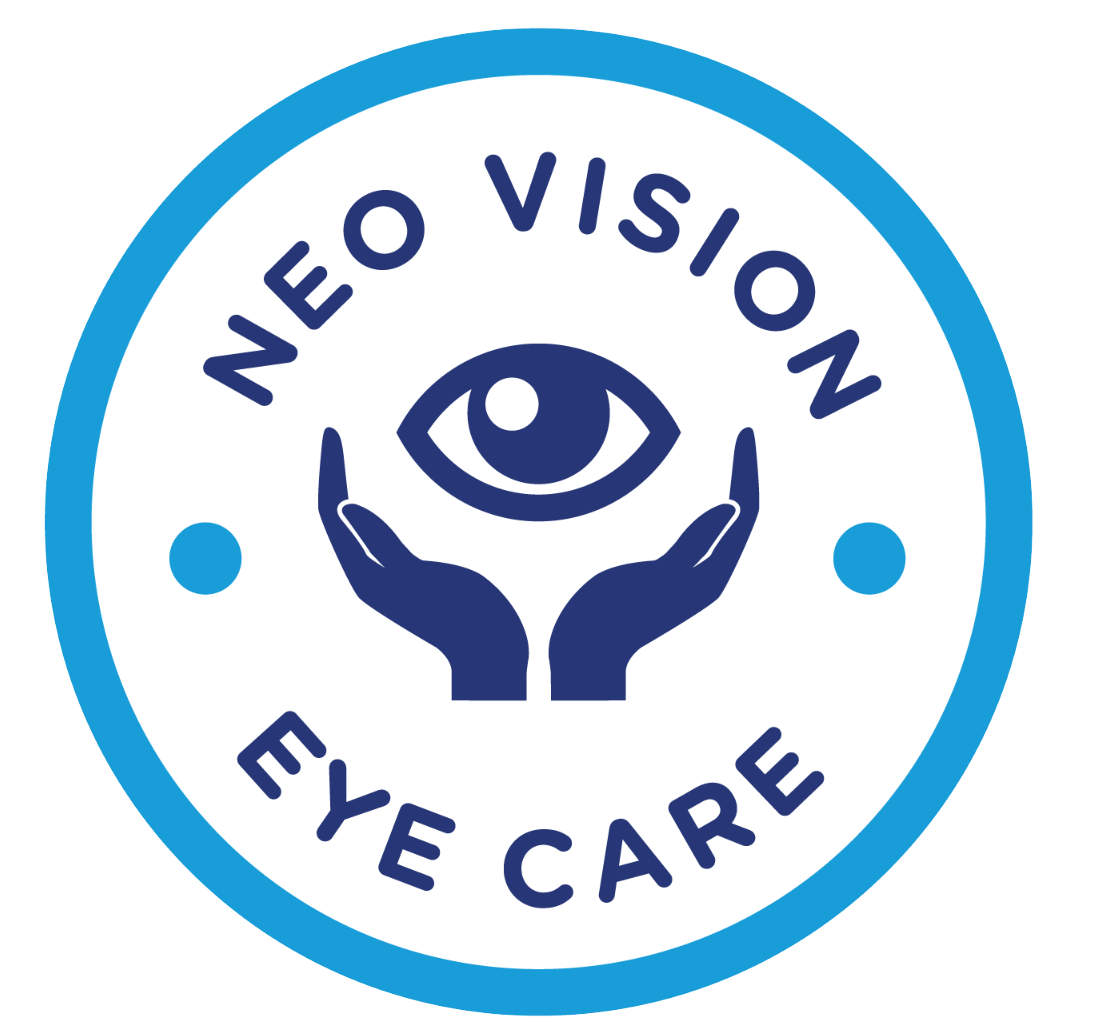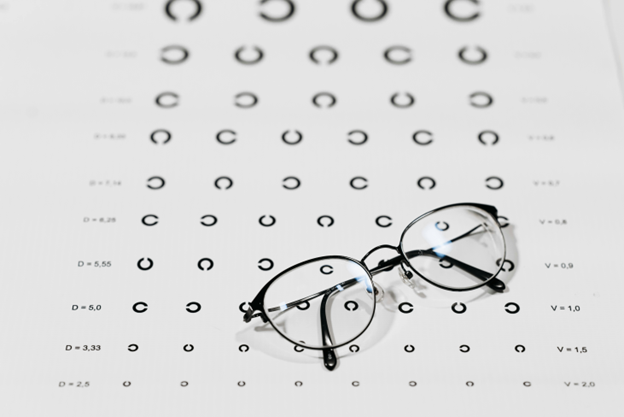As we age, it’s natural for our bodies to change, and vision is one area where many of us notice these changes. Yet, not everyone understands why this happens. Enter presbyopia, a common vision condition linked to aging. It typically starts affecting people in their mid-40s. This blog aims to clarify what is presbyopia all about—unpacking its causes, symptoms, and how to adapt to it as life progresses.
Defining Presbyopia: The Age-Related Vision Change
Presbyopia is a condition where you slowly lose the ability to see things up close. This happens because as you age, the lens inside your eye changes. Presbyopia is different from nearsightedness and farsightedness, though. Nearsighted people struggle to see far away, while farsighted people have problems seeing things up close. Presbyopia comes with age and affects everyone eventually. It doesn’t matter if you’ve had perfect vision all your life; presbyopia eventually becomes a part of your visual journey.
The Biological Basis for Presbyopia
Let’s dive into the biological components of presbyopia. Inside your eye, there is a lens that helps focus light so you can see clearly. When you’re young, this lens is flexible and changes shape easily. As you get older, however, the lens stiffens and doesn’t easily change shape. This stiffness makes focusing on close objects hard. The lens becomes less stretchy, so the eye can’t easily adjust to see things up close. It doesn’t matter your background or gender, presbyopia affects everyone—it’s just part of aging. Understanding what is presbyopia helps gear us for these changes.
Spotting the Symptoms of Presbyopia
Recognizing the signs of presbyopia can help you adapt faster. Here’s what to watch out for:
- Difficulty reading small print is a common first sign.
- Needing to hold reading materials farther away to see them clearly.
- Experiencing eyestrain or headaches after reading or doing close-up work.
If you notice these symptoms, it might be time for an eye exam. Noticing the signs early can help you make the necessary changes to see better.
Daily Living with Presbyopia: Coping and Adjusting
Dealing with presbyopia offers its own set of challenges. Everyday activities like reading a book or using a smartphone can become difficult. This might lead to feelings of frustration as you adjust to new aids like glasses. But there are ways to adapt. Improved lighting can make reading easier. Taking frequent breaks during screen time can reduce eyestrain. Integrate eye-friendly habits like blinking often and using proper posture while reading. Little adjustments can make living with presbyopia easier to handle and keep your vision sharp.
Treatment and Management Options
When it comes to managing presbyopia, there are several options you can explore:
- Reading Glasses: These glasses are a simple and effective solution for close-up work.
- Multifocal Lenses: You can get these in both glasses and contact lenses if you need help for different distances.
- Contact Lenses: Specialized lenses help focus light and provide a clear near vision.
- Surgical Options: While glasses and lenses are common, there are advanced surgical treatments, but these are not for everyone.
Changes in lifestyle can also help by making your environment more vision-friendly and adjusting daily routines to maintain clarity and comfort.
Can You Delay Presbyopia?
While you cannot prevent presbyopia, you might delay its onset a bit. Regular eye check-ups are essential. Eating a balanced diet with nutrients that support eye health can help, too. Spotting changes early and taking action can make a huge difference in how you deal with presbyopia once it starts.
The Psychological and Emotional Impact
Dealing with the psychological side of presbyopia is also important. Vision changes can be a reminder of aging, which could make people feel uneasy. Adapting to new visual aids like glasses might stir mixed emotions. But it’s crucial to embrace these changes. Using corrective aids helps maintain independence and quality of life. Celebrate every step towards better eye health, turning the challenge into an opportunity for self-care.
Conclusion: Maintaining Quality of Life with Presbyopia
Even though presbyopia is a natural part of aging, managing it well is possible with the right approach. Routine eye exams and timely treatments are essential for maintaining good vision. Making small lifestyle changes can have a big impact, too. With understanding and proactive steps, you can ensure comfortable vision and continue enjoying the activities you love without disruption.
Consult us today at Neo Vision care for expert guidance!


